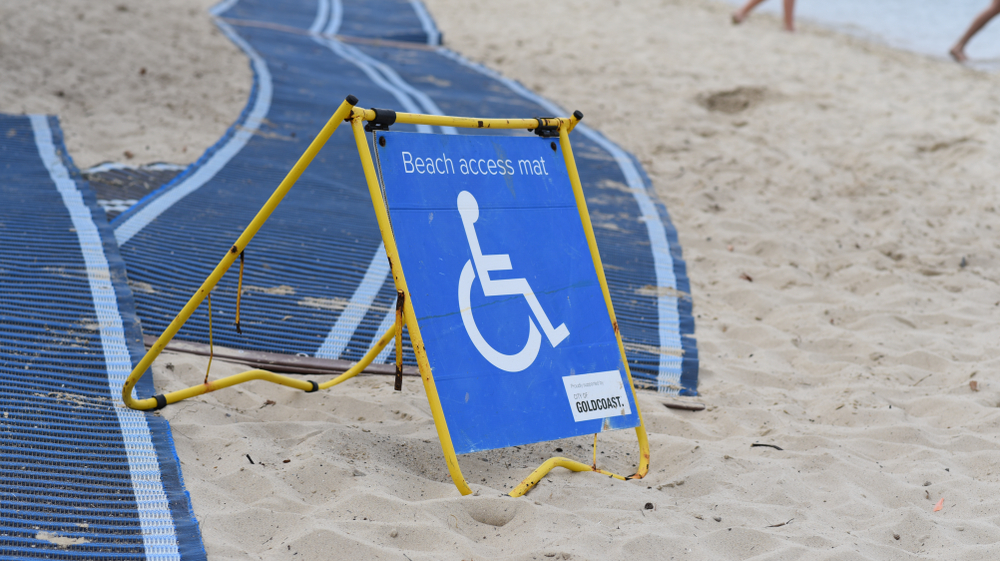

As warmer months are around the corner, we found it fitting to take a look at a major challenge that people in the accessibility community face. One of the most iconically Australian activities – going to the beach – is extremely difficult for a large portion of Australia’s society.
Though we have made great collective efforts to reduce the impacts of the uneven governmental and organisational response to the lack of accessibility in these areas, sectors of our society, such as beaches, have been mostly forgotten. Warm weather is meant to be enjoyed, however, with a lack of accessibility, it isn’t possible for many Australians to do activities that most take for granted.
Accessibility means more than the sun, sea and sand
For the disabled community, forgetting what could be possible is not easy. Beaches are an integral Australian part of our collective national identity. The truth is that beaches represent a wider problem from the perspective of accessibility in Australia. While not a place or service of so-called importance or necessity, such as public transportation or a bank, it provides an underrated but integral quality to life – happiness. Why should the disabled community not have access to Australia’s beaches? Why should it not be a priority?
There’s hope with Accessible Beaches
Accessible Beaches is an organisation with a mission to improve the quality of life for Australians living with a disability by getting them back onto the beach. So far, Accessible Beaches has helped to implement at least 25 wheelchair accessible patrolled beaches across Australia. However, there’s many more beaches left in Australia and therefore, a lot more work to be done.
Accessibility at beaches is complex
As is with most areas of life, accessible beaches require more than a ramp to be accessible. According to Accessible Beaches, the disabled community is likely to experience the following when trying to access their local beach:
- Physical barriers
- lack of accessible car parks
- absence of accessible footpaths and amenities
- no sand or water access
- outdated or damaged access equipment
- Communication problems
- limited or no accessible information publicly available
- no accessible signage
- little or no access to paid lifeguards or volunteer lifesavers
Accessible Beaches also cites individual and community attitudes as well as their limited understanding of disabilities in Australia as a barrier against change.
What does this mean for the future?
Accessible Beaches has done a tremendous job in furthering accessibility around the country, particularly in an area where most people forget about the disabled community. At Access Link, we commend any organisation or person who has contributed to an increase in the quality of life for the disabled community.
What does the work of Accessible Beaches mean for our future?
It means improvements need to be made in order to help further their objective. Here are two of our suggestions:
- Key community stakeholders need to be educated on disability to improve attitudes around accessibility changes and funding (it should be noted that Accessible Beaches currently travels around the country to educate different communities).
- An increase in funding (specifically local Council budgets) is needed for accessibility features to be added to all of Australia’s patrolled beaches.
With the advocacy of organisations like Accessible Beaches and impressive progression for accessibility inclusivity in future builds, the disabled community may soon be able to look forward to accessible beachside properties. At Access Link Consulting, we anticipate massive improvement in the following years and are proud to play a pivotal role in the accessibility progression in Australia.









